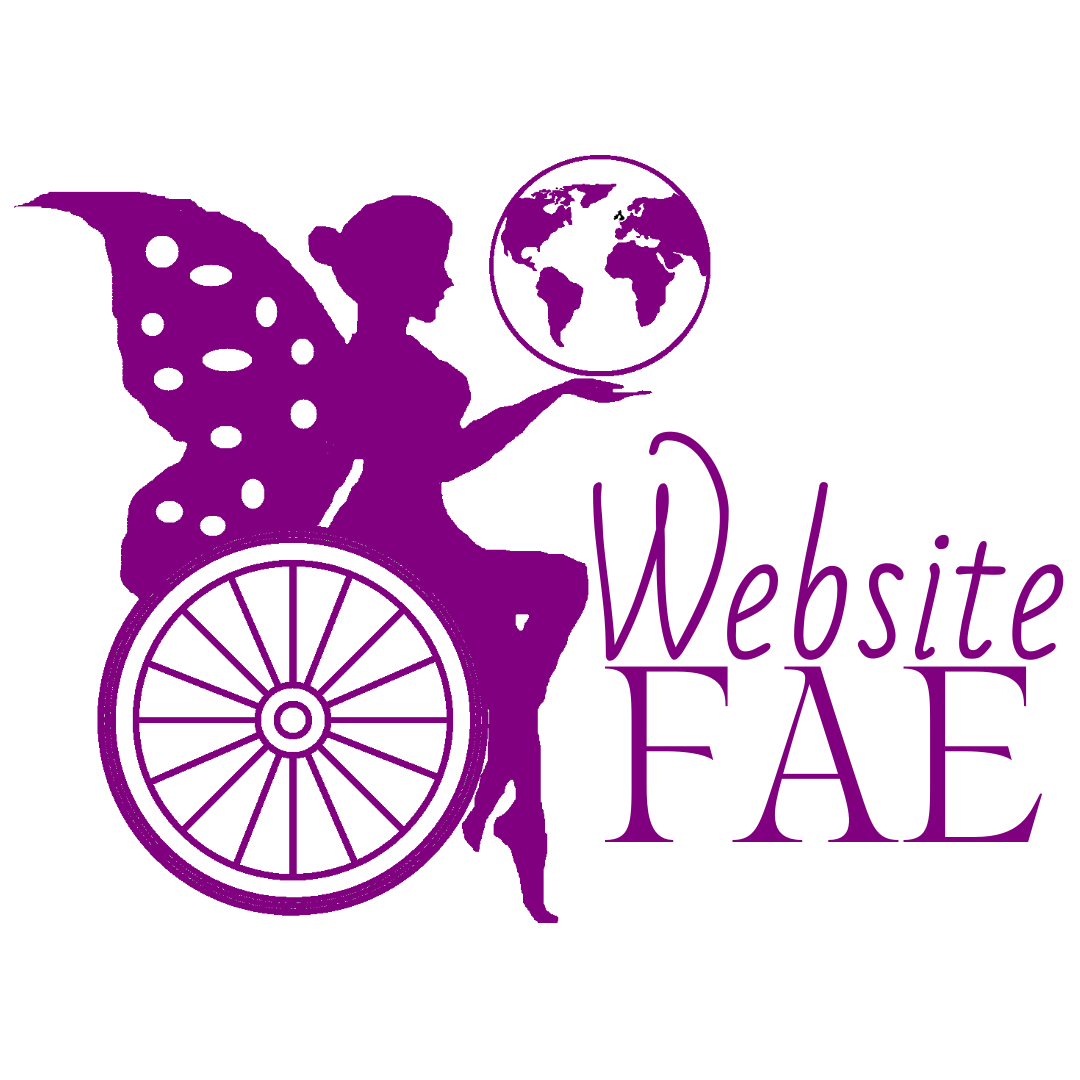Accessibility Checklist For Websites
Creating an accessible website is important for ensuring that all users, including those with disabilities, can access and use the information and features on your website. In this post, we’ll go over some of the key steps you can take to check for accessibility issues on your website.
Page Title
Verify that each page has a unique and descriptive title that accurately reflects the content of the page. This is important because the title of a page is often the first thing a user will see, and it should provide a clear indication of what the page is about.
Image Text Alternatives (“Alt Text”)
Check that all images, illustrations, and charts have appropriate alternative text (“alt text”) that describes the content and purpose of the image, so that users who are visually impaired can understand the context of the image. Alt text is displayed in place of images if they can’t be loaded, and is also read aloud by screen readers.
One of the most common mistakes that website owners make is leaving out alt text for images. This is not only a major accessibility issue but can also negatively impact your website’s search engine optimization (SEO) because search engines rely on alt text to understand the content of an image. By providing descriptive alt text for each image, you can improve the accessibility of your website and make it more search engine friendly.
Text Headings
Headings are used correctly and are in logical order. Headings help users to understand the structure of your content and navigate your website more easily. The use of headings also makes it easier for screen reader users to understand the organization of the content on the page.
Contrast Ratio (“Color Contrast”)
The contrast ratio between text and background is high enough for users with low vision to read the text. A minimum contrast ratio of 4.5:1 is recommended for normal text, and a ratio of 3:1 is recommended for large text.
When choosing colors for your website, it’s important to consider the contrast between text and background. If the contrast is too low, users with visual impairments may have difficulty reading the text. This can be addressed by choosing high-contrast colors or by adjusting the text and background colors until they meet the recommended contrast ratio.
Resize Text
Text can be resized without losing functionality. This is important for users with visual impairments who may need to increase the size of the text to make it easier to read. All modern browsers support text resizing, so it’s important to ensure that your website does not prevent users from the resizing text.
Interaction – Keyboard Access and Visual Focus
Verify that the website is usable with a keyboard and that the visual focus is clearly indicated when navigating through the site. Some users may not be able to use a mouse and will rely on the keyboard to navigate your website. It’s important to ensure that your website is fully accessible with a keyboard.
Forms, Labels, and Errors (Including Search Fields)
Also, ensure that forms have proper labeling, error messages, and instructions, and that search fields are properly labeled and accessible. This is important for users who may not be able to use a mouse, and will rely on the keyboard to navigate the website.
Moving, Flashing, or Blinking Content
Check for any content that may be distracting or confusing for users, such as moving, flashing, or blinking content. Some users may be sensitive to flashing or blinking content and may have difficulty focusing on the content they need to read or view.
Multimedia (Video, Audio) Alternatives
Also, ensure that multimedia content such as videos and audio have captions or transcripts. This is important for users who may have difficulty understanding spoken words or may be sensitive to flashing or blinking content or may have difficulty understanding spoken words.
Basic Structure Check
Perform a basic structure check to ensure that the website is well-organized and easy to navigate. This includes verifying that the website has a clear hierarchy of headings and that the website’s layout is consistent throughout. This is important for users who may have difficulty understanding the organization of a website and may need clear and consistent navigation in order to find the information they need.
By following these steps, you can help ensure that your website is accessible to all users, regardless of their abilities. While these are some of the most basic accessibility issues to check for, it’s worth noting that accessibility is a broad and complex topic, and there is a lot more that goes into making a website fully accessible. It’s always a good idea to stay up-to-date with the latest guidelines and best practices.
If you are looking for help to make your site accessible, reach out to us on the contact page or book a free discovery call with us to discuss your needs.







